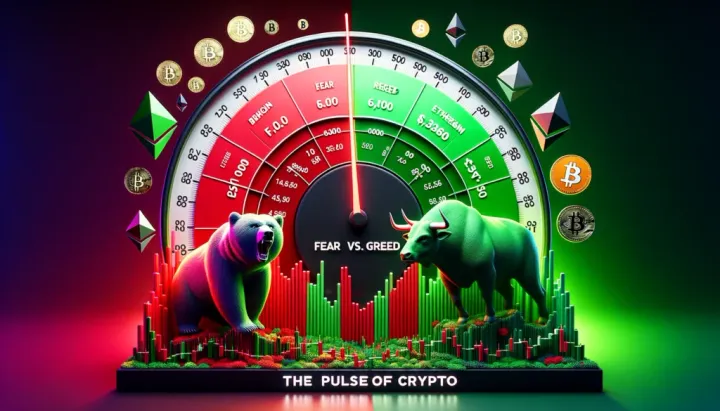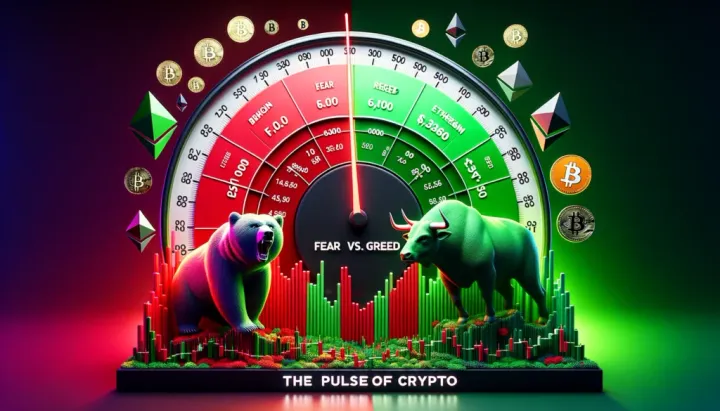Bitcoin slumps to the mid-$500,000s... Where's all the good news?

As the U.S. central bank (Fed) kept its benchmark interest rate unchanged for the sixth consecutive month on Jan. 1 (local time), bitcoin fell to $55K per unit for the first time in more than two months. Bitcoin has been on a downward spiral despite good news like the halving and Hong Kong's approval of a spot exchange-traded fund (ETF). This is due to slowing inflows into spot ETFs in the US, as well as geopolitical factors in the Middle East. This is the first time since Feb. 26 ($72.65 million) that bitcoin has touched the $55K mark.
Bitcoin has been on a downward spiral since hitting a record high in March. After soaring to $74K a month ago, the price has been on a downward spiral, losing 15.67% over the past day. This is the biggest drop since November 2022, when cryptocurrency exchange FTX went bankrupt.
Bitcoin is on a downward spiral, even as it undergoes its fourth halving and gets a boost from the approval of a spot ETF in Hong Kong. Bitcoin completed its fourth halving on the 20th of last month. Halving is usually considered good news for prices because it reduces supply. The previous three halvings had different price behavior one to three months after the halving, but a common upward trend after six months.
On March 30 (local time), the Hong Kong subsidiaries of Chinese asset managers China Asset Management, Bosera Asset Management, and Harvest Fund Management launched six spot ETFs, two each for Bitcoin and Ethereum. The first trading volume of Hong Kong's spot ETFs was only $11 million, contrary to market expectations that the market would see more inflows than the US ($4.6 billion).
“We believe that fewer investors are buying as aggressively now because the price of bitcoin is undergoing a correction,” said Dan Lim, a contributor to crypto on-chain data analytics platform CryptoQuant. “Eventually, when the price rallies again after the correction period, there will likely be much more inflows than now.”
Bitcoin's weakness despite all the good news is largely due to ongoing geopolitical unrest in the Middle East and a significant slowdown in inflows into spot ETFs. The U.S. Bitcoin spot ETF saw outflows for the fifth consecutive day, while inflows into the Hong Kong spot Bitcoin ETF, which began trading this week, fell well short of expectations.
Add to that the fact that inflation is unlikely to lead to a rate cut this year, as initially expected, and the decline has increased, especially ahead of the Fed's rate decision. The prospect of a rate cut could be delayed.
“The macro backdrop for assets like cryptocurrencies that grow on liquidity has deteriorated,” said Jeff Kendrick, head of digital asset research at Standard Chartered, adding that “broader liquidity measures in the US have deteriorated sharply since mid-April.”
Experts believe that given the economic data and geopolitical pressures, the market could continue to decline in the coming weeks. “Bitcoin price may trade in a range for one to two months, with fluctuations of $10,000,” said Hong Kong cryptocurrency exchange Bitfinex, adding, “We expect the impact of the halving, which reduced the supply of Bitcoin, to be felt in a few months.”


